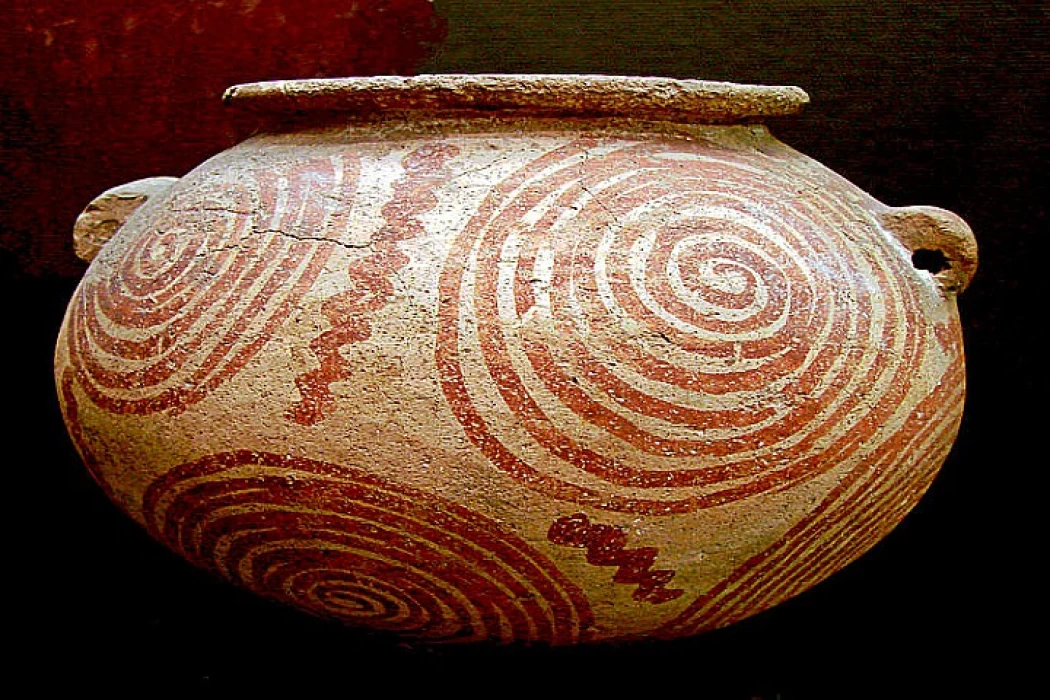
Naqada period in ancient Egypt
Details about the Naqada era in ancient Egypt
It is one of the cities of Qena Governorate, which has a historical character, and this was evident in the opening of the National Museum in Fustat, when a number of important pieces of prehistoric times were displayed for the civilization of Nagada, and the history of the Nagada civilization dates back to prehistoric times in Egypt, as historians divided that civilization into three epochs, the Nagada civilization lasted about 1500 years before the First Dynasty, and during that time period, industries, social fabric and political conditions developed in Nagada, and the end of the Nagada civilization ended with the establishment of the ancient Egyptian state and the unification of the tribal and sea faces.
The name of the Nagada civilization is due to the city of Nagada, south of Qena Governorate, or as it was called Nagada in the old days, and researcher Flinders Petrie discovered about 3000 graves in that area during the nineteenth century, the date of these graves dates back to the Egyptian historical era of the Nagada civilization before the First Dynasty, and the first Nagada civilization or Umrah 3900 - 3650 B.C. 3650 BC, it was a cemetery for one of the important Egyptian cities, the city of Nubet in the village of Kom Bilal, and it still has Pharaoh's collars and the pyramid of Nubet, which was a center for the worship of the god Set, and some pins and other small tools made of copper were found in the Nagada cemetery, as for their dwellings, they were simple and constructed from tree branches covered with mud, and their tombs were an oval pit of little depth, and the deceased was buried in a squatting position and sometimes wrapped in goat skin.
The Nagada civilization witnessed the improvement of the manufacture of stone tools and the development of pottery firing techniques, as the pottery of the first Nagada was characterized by its redness, as well as inscriptions in geometric shapes, and as Nagada developed into the second Nagada civilization around 3500 BC, the manufacture of stone vessels advanced and the manufacture of pottery was perfected, and the ancient Egyptians began to decorate pottery bottles with human, animal and plant drawings.
One of seven other small pyramids in Egypt that were not used for burials, the Nupt pyramid may belong to Huni, the last king of the Third Dynasty of the Old Kingdom, and is located in the northern part of the Nagada region, which is characterized by numerous tombs and pre-dynastic villages dating back to 5,800 years ago.














